About the EOE Foundation (A unique educational NIC) Jim Spohrer. 1.* - unedited transcript -
There is the logo for the EOE. Why does it look like that? Audience: It looks like there are connections. Looks like DNA.
So the EOE started at Apple funded by the National Science Foundation. But the EOE is an online community that helps build communities that build knowledge.
What we at EOE do is design a tool that is very simple in setting up on-line communities. We use the community building tool ourselves that would be a directory of open source educational JAVA objects. One of the things you can do on the site is (you can see) learning objects, member profiles, news and events, other resources, and professional papers. We try to have a current feature, so when people come in they can see a member of the community that is that is talking about something the community is doing. We are a directory of thousands of educational JAVA objects. About thirty thousand of them are open source. It's not required but we encourage open source so that others can add value to it. That is our brainchild with the EOE DNA is that other people take an idea, add a little value to make it better, and share it with someone else.
We have JAVA outlets that range from a to z. We arrange them by the dewy decimal system. When you do a search for educational objects...you get a thumbnail picture and a brief. One thing we stress is attribution. So in addition to seeing what the object looks like you see the author and creator. Click on details, which lets you know how it is classified, who put it there, and if it is open source. You can add a comment or pedagogical tips. People add technological comments and the mediate it. Also at the bottom there is a note, but often there is more information how you can use it in a classroom. This one for example is categorized under life sciences, but people can us it for teaching under physical sciences or we used it to talk about collective emerging behavior occurs in complex systems. IF you go to the EOE you will see thousands of these. In addition, to having educational JAVA outlets, we have a resources page where we classify the resources. Essentially what the EOE is a database infused on to a data base page. In the resources page, we are interested in tracking information on licensing of open source software, on-line communities, and various other things that we track there. Also we have membership sign up, it's an open membership sign up. We have founders, members, and associates. We also have them enter if they are primarily interested in business, applications, research, or software development, education or other. This helps them in networking. If someone is a developer, with an educational background sometimes they are looking for a business partner, for example. We also have classified from what continent they are from.
Byron Henderson, one of the founders of the EOE works with the international cooperative alliance in Geneva. He helped us understand about what we were doing, as far as how the international cooperative movement got started and spread. Cooperatives are like this viral form, a good idea that spreads. They started in the 1800's, and at the time they were spreading very rapidly. A decade had passed before they would spread to the next country. With the Internet time, we have this spreading occur much faster. I would like to tell you about where the EOE is spread. We created EOE, and then wanted to share the DNA to allow other people to set up on-line learning communities. One of the first groups to do this was the California State University System.
In Sonoma Valley, a group created a Merlot on-line site. It is twenty times larger than EOE. If you look at the EOE children and grandchildren you see the organizations that took EOE added value and did certain things better than EOE. It is all about sharing and adding value.
The Apple Leaning interchange. This site is about one hundred times larger than EOE. It was started based on EOE.
This is WBF a group I helped form with interesting, ubiquitous, and educational computing. When this form was created two years ago, it collected a group of people who wanted to work on open source standards with augmented reality systems. They published the standards. I want to go back to Merlot for a minute. The Merlot system is part of the Cal State University system. Chuch Nheabach is part of the organization SHEA (State Higher Education Association). The SHEA organization saw what CSU had done, and four people came up after a meeting Oklahoma, Georgia, and North Carolina and other to set up their own EOE. When it was being set up they were thinking this would create redundancy, they decided to divide up the world a little bit. California is biology; Oklahoma is physics, North Carolina is math, and Georgia is business applications. This creates a challenge, so we need a tool for connected community growth.
If educational objects were added at one site it would be nice if they can propagate with appropriate meta data at other sites and be filtered. This is a goal for about three years. We have been looking for funding, but SHEA is doing it. This is one of the beauties of this system. Each generation adds value. One problem is link decay and sustainable growth. If you are directory your URLs can break and start fading. This is major problem. Your community has a half-life, it is decaying. If you are not growing fast enough with many It's, finding the broken links and replacing them, soon your noise level is much higher than your signal level and you go through an inversion. We look for the children and grandchildren of this EOE community to solve and flow back into the original EOE. The other challenge is the notion of intellectual capital appreciation attribution. Look at business improvement structure. It's clear if there is a better idea, or if it can be faster you use it as fast as you can. If you are in education, think of all of the school systems like little Microsoft's. They are little monopolies. They don't have to be as innovative. What is going to change that? I don't think it will happen at the K-12 level, but at the higher education level. It has already started to happen with on-line courses. They can compete so it is able to reach out to the world. We are on the cusp; we are going to see something interesting in the next few years about how this competition will play out. The local community colleges may do well. They have a local lock much like the K-12 schools. If some organization is producing the best course, and you can get cheaper and better there then the college you are going to, then why are you going to spend six weeks is class to get a degree when you can pay a little less, or pay a little more and get a more prestigious standpoint of the class. When you are thinking about network improvement communities, there has to be a kind of improvement that matters. In K-12 schools often improvement doesn't matter. I think it would be good to brainstorm ideas of how to fix the K-12 system. I will give it back to Doug.
---
Above space serves to put hyperlinked
targets at the top of the window
|

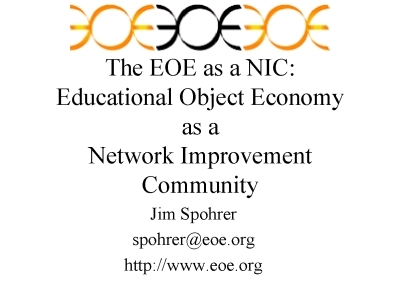 Fig. 1
Fig. 1 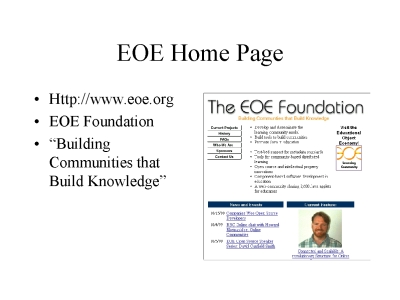 Fig. 2
Fig. 2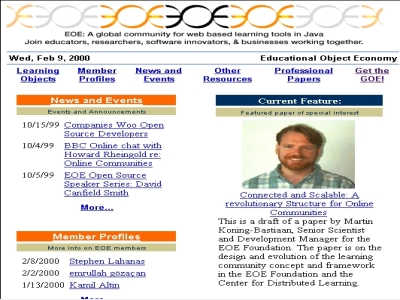 Fig. 3
Fig. 3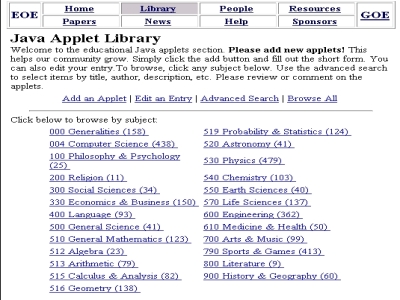 Fig. 4
Fig. 4
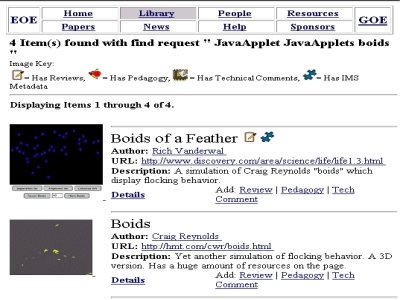 Fig. 5
Fig. 5
 Fig. 6
Fig. 6
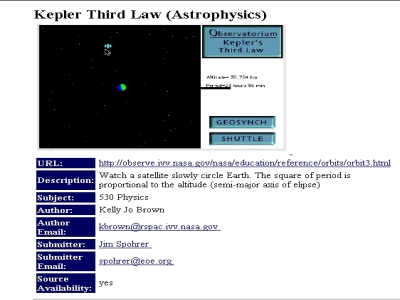 Fig. 7
Fig. 7
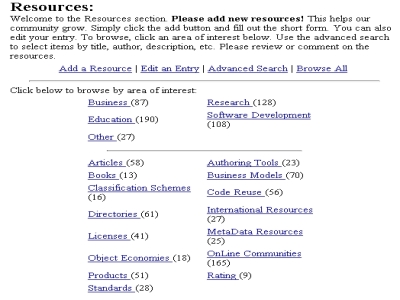 Fig. 8
Fig. 8
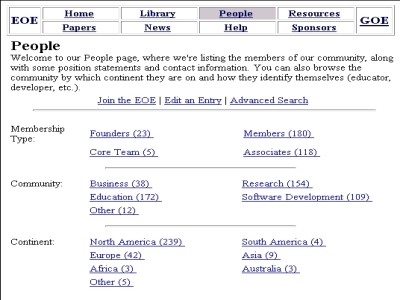 Fig. 9
Fig. 9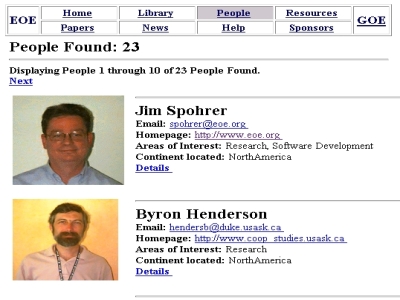 Fig. 10
Fig. 10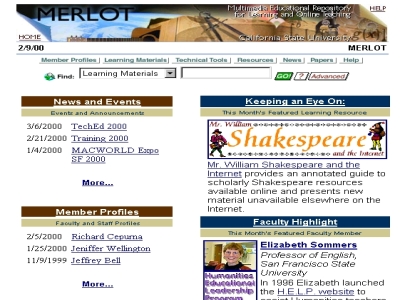 Fig. 11
Fig. 11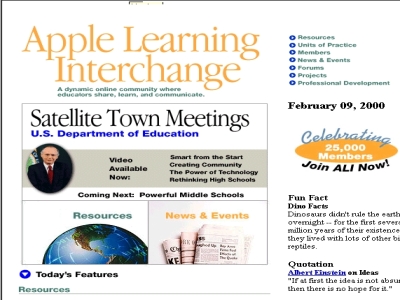 Fig. 12
Fig. 12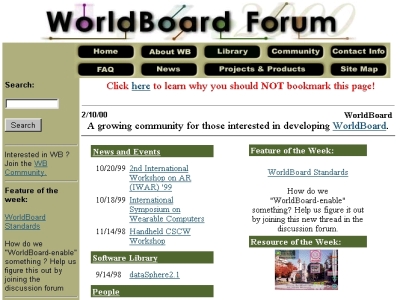 Fig. 13
Fig. 13 Fig. 14
Fig. 14